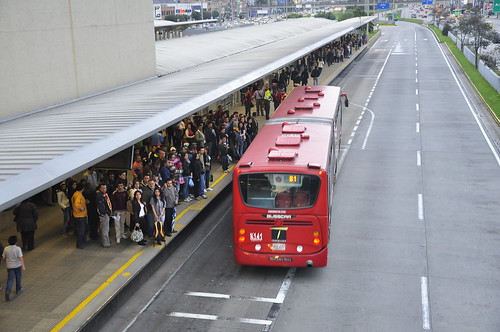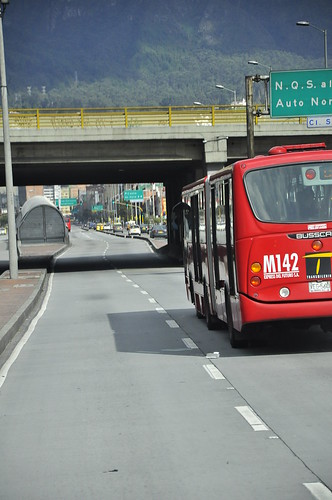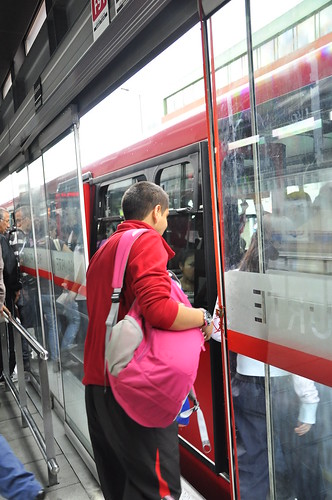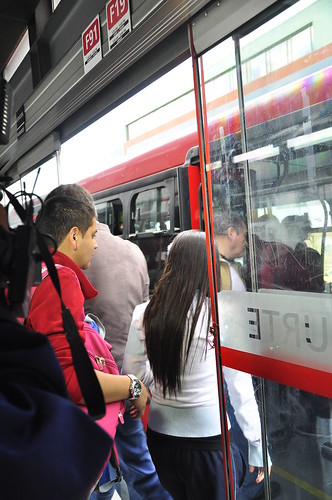by Jorge ROGAT, Miriam HINOSTROZA and Kamala ERNEST
The decisions made today regarding transport infrastructure and land use will affect long-term travel behaviour and the ability to curb unnecessary emission growth. Transport planning and mobilizing investments towards sustainable transport development should focus on delivering structural changes to transport networks that yield significant long-term benefits and positive impacts. The rapid urbanization and economic growth in Latin American cities beginning in the 70s has led to, among other things, growing mobility and demand for transportation. The lack of efficient, reliable and safe public transport systems has led to the switch away from buses and trains towards private cars. Some of the impacts of a steadily increasing car fleet have been increased congestion, number of accidents and environmental deterioration. Bus rapid transit (BRT) along with complementary policy measures became the answer in a number of Latin American cities. The successful experiences of Curitiba in Brazil and Bogotá in Colombia have served as the source of inspiration for other cities in Latin America, Asia, Europe and the USA. This paper discusses some of the Latin American experiences by analyzing its achievements and drawbacks in an effort to raise awareness on the model approaches to promote sustainable transport.
read more
read more
 |
TransMilenio - Bogotá, Colômbia, by EMBARQ Brasil |
 |
TransMilenio - Bogotá, Colômbia, by EMBARQ Brasil |
 |
TransMilenio - Bogotá, Colômbia, by EMBARQ Brasil |
 |
TransMilenio - Bogotá, Colômbia, by EMBARQ Brasil |
more about urban transportation in Latin America:
No comments:
Post a Comment